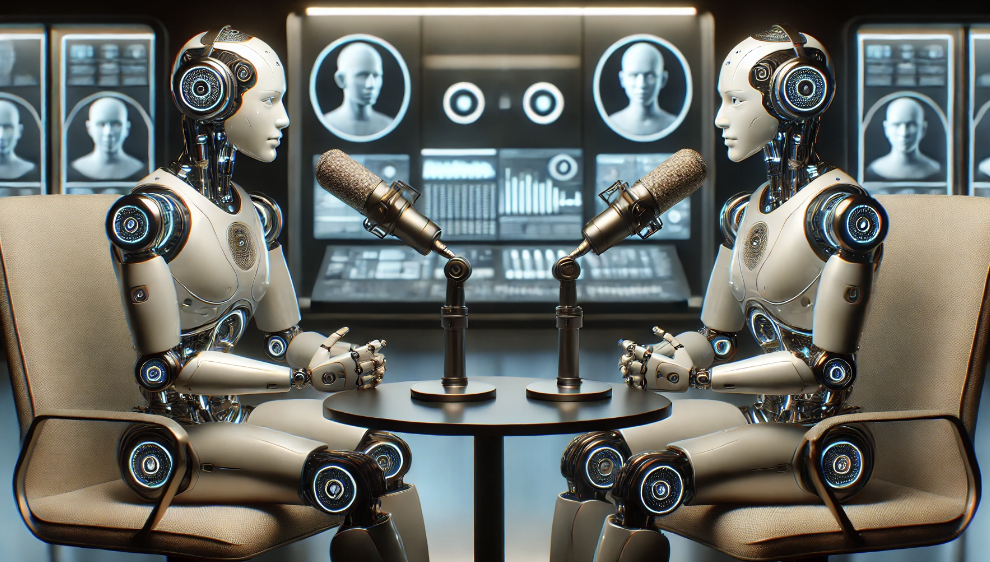Olympus XDMI and Sennheiser HE-1
As I mentioned earlier, I lent my Olympus XDMI to
@onlychild for several days while I took a short trip to the Smoky Mountains (where, by the way, a black bear decided to join us on the cabin porch for dinner one night). You may be wondering why there hasn’t been any feedback on the Olympis XDMI yet. Let me explain.
@onlychild has the best headphone system I’ve ever seen or heard - Taiko Extreme with a dedicated router and switch, Sennheiser HE-1, all powered off-grid by a Stromtank S-5000, grounded by a Tripoint grounding system, HRS rack, Shunyata Omega cables, and more. It’s an incredibly resolving system.
As I was driving to Tennessee, I expected a call or text raving about the Olympus. But... nothing. No feedback on the first day, and none on the second day either. Strange! On the third day, I finally received a long message explaining that, while the Olympus was maybe 5-10% better than the Extreme, it wasn’t enough to justify the upgrade cost.
We had a long conversation discussing what he might have been hearing and why. One of the theories was that, since his entire system was already powered by the Stromtank and off-grid, he might not be experiencing the full benefits of the Olympus. But I didn’t buy that. The Stromtank’s batteries don’t sound as good as the Olympus’s. The Olympus BMS and GaN regulation are state-of-the-art, while the Stromtank uses an inverter to step up low-voltage battery output to 120V, only for components to step it down again later. So, technically, the Stromtank + Taiko Extreme combo has several disadvantages compared to the Olympus.
During our conversation,
@onlychild mentioned something that piqued my interest: he thought the Olympus USB was more dynamic than the Olympus XDMI analog, which he described as softer. Bingo! That was the key. XDMI has extreme dynamics, crazy transients, and everything you’d want from your digital source. The only way to kill that is through additional digital conversion. I was now certain that the Sennheiser HE-1 was applying some kind of digital manipulation. A quick search revealed that the HE-1’s analog inputs are indeed converted to digital to apply DSP. Well, that explained a lot.
So, here’s what’s happening:
- Taiko Extreme USB → DSP → Sennheiser HE-1’s built-in DAC → analog;
- Taiko Olympus USB → DSP → Sennheiser HE-1’s built-in DAC → analog;
- Taiko Olympus XDMI → analog input on the Sennheiser HE-1→ analog converted to digital → DSP → Sennheiser HE-1’s built-in DAC → analog.
In comparison, #2 is clearly better than #1, but not by much. However, #3 sounded softer and less dynamic, which makes sense since the digital conversion inside the HE-1 was negating the benefits of the XDMI.
To clarify what's going on: XDMI is engineered to minimize digital conversions, eliminate USB, and offer extremely low latency. Meanwhile, the DSP inside the HE-1 is doing the opposite - converting the analog back to digital, applying DSP, and then converting it back to analog. So, the final DAC isn’t the XDMI analog - it’s the DAC inside the HE-1. Not only does this add more digital conversions, but it also introduces a significant amount of latency (though this is probably moot since we’re dealing with another DAC anyway).
In short, if you own a Sennheiser HE-1, you’re probably better off avoiding the XDMI analog. Look for the best digital source. Olympus USB will be an upgrade over Taiko Extreme USB, but you’re entering the realm of diminishing returns.
EDIT: For some reason, I cannot locate the source I had that confirmed that the HE-1 uses DSP. Planning to reach out to Sennheiser to confirm directly with the manufacturer when I have a chance. Until then I am not sure if everything above is entirely correct.
If you have more info on the HE-1 please let me know...
The text below was one of the references during my research, but I just can't find it anymore:
"The on-board DAC handles conversion of digital inputs and processes both analog and digital signals at 32-bit/384 kHz using Sennheiser’s internal DSP, optimizing the sound across all input sources before it reaches the amplification stage."




